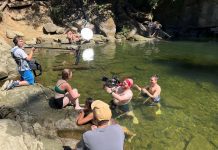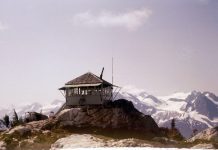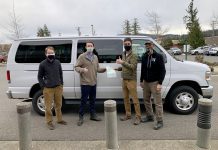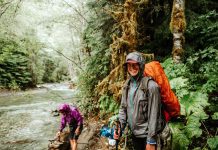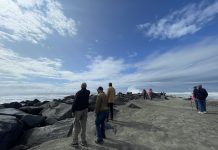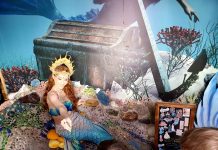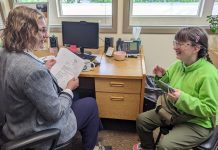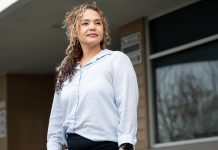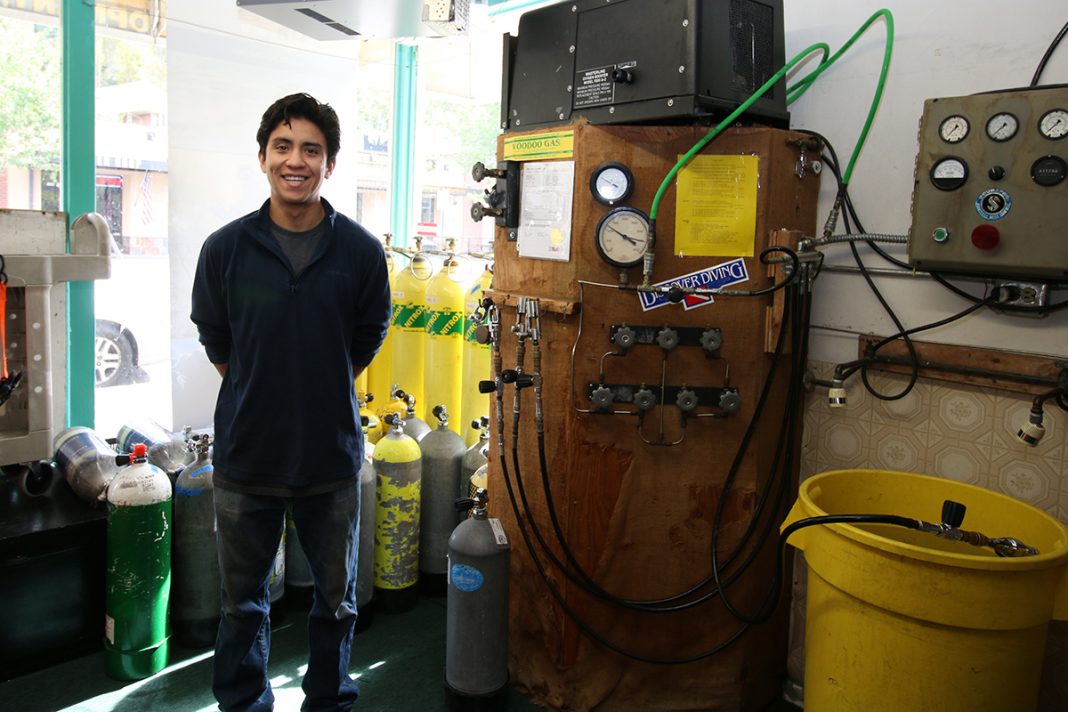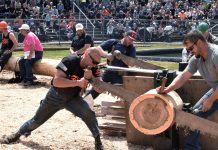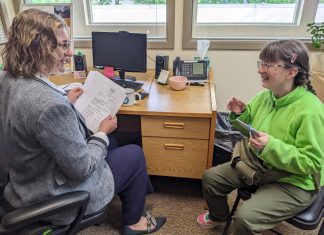Walk into Washington Divers on State Street in Bellingham and you could end up diving off a catamaran in the Bahamas, but you don’t have to venture that far. With shipwrecks, giant Pacific octopus and an underwater marine park, there is plenty to explore close by. “There is life to see in the water and it’s worth that adventure to get in,” shares Julian Garcia, store manager of Washington Divers.
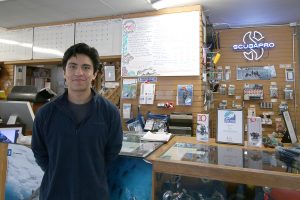
While it might be easy to think of getting into the waters during the hot summer days, diving is a year-round activity with some of the best visibilities within the water occurring during winter. “People dive year-round here,” Julian explains. “It’s mainly working with the tides. During summer, the tides can be a lot more drastic in the exchanges so it’s not as easy to dive. There’s a lot less time where the water is calm during that disparity in the exchange. That being said you can dive year-round, it’s just finding those locations where you can. The visibility is better in the winter because there’s less UV and algae blooming. Most folks plan for fall and spring – generally good dive times where you have enough light to do stuff and decent enough surface temperature to where you are not freezing when you get out of the water, as well.”
To begin diving, customers can purchase an in-store kit provided by Scuba Diving International. After reviewing the course material, students get together at the store for three classroom sessions to discuss the material learned. Next comes five sessions of practicing dive skills at an aquatic center in a pool. Once those skills are mastered, students meet at Keystone Jetty’s underwater park to demonstrate their skills in the ocean.
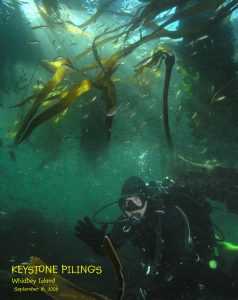
Accomplishment means getting certified as an open water scuba diver up to 60 feet – the first step in a pathway to several different dive training options. With parental permission for minors, students ages 15 and up can become certified. There is a junior option as well for 10 to 14-year old’s. “I have been diving since 15,” Julian shares. “I learned in high school. My parents knew I was interested in marine biology and always loved the water so they got me into it.”
For Julian, love of the water is deep and wide. “My father was in the Navy so I grew up around the water literally everywhere in the world. I lived in Sicily, Italy for three years. I lived in Puerto Rico for three years. I didn’t dive but I was always in the water and I was always snorkeling and free diving. I remember specifically in Puerto Rico I would free dive for conch shells. I loved that. I would do that every day, before and after school.”
In high school Julian learned to dive on Whidbey Island when his father was stationed there. Since learning, Julian has enjoyed teaching, diving commercially and even for a while provided specimen for the Marine Life Center’s display tanks.
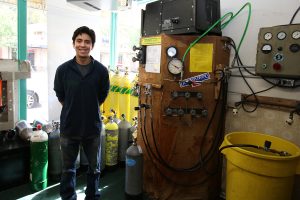
There are a lot of options for divers and it really depends on the route of dive training each individual wants to pursue. At Washington Divers, Julian has met customers who want to dive for many different reasons whether it’s to see firsthand our areas teeming marine life, take underwater photos, sustainably harvest food or explore within one of the sunken vessels that permanently rests under shore. “Wreck diving is a category within technical diving,” Julian explains. “And that’s just something that a lot of folks, once they get pretty comfortable in their skills, set as a goal – to see an old vessel that’s been sunken, abandoned, left there, mainly for its history appeal. It’s very nostalgic for a lot of people especially ex-military or commercial fishermen. There’s a lot of history to the sunken vessels all around the world. Folks nostalgically utilize their skills to enjoy something underwater.”
Julian also manages the Bellingham Dive Conservancy that meets regularly in the shop. Here, community members get together to learn more about the oceans they dive in. Though anyone can join, much of the education and activities revolve around diving activities and marine biology. “Folks really want to get involved and be a part of their community and do something they can feel proud of and united. Our goal is to give awareness through outreach and education, mainly with the marine impact surveys and beach site clean ups.”
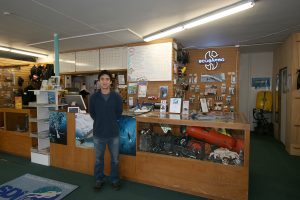
Marine impact surveys are one of the contributions conservancy members can join. “Mainly we focus on keystone species in the area that are good indicators of how the entire ecosystems are doing,” Julian explains. “One of the focus kind of organisms that we’ve been looking at over the years are the sea stars including sea star wasting disease or syndrome. It’s been related to rising sea temperatures with an influx of potential toxic algae blooms as well as other cyanobacteria. We can monitor it in certain areas.”
The conservation also participates in beach clean ups that happen above and below the surface. “People will have an opportunity to clean the surface area from anything from plastics to cigarette butts to metal debris, rusty stuff, and divers would have a chance as well. [We] collect, weigh it all and then we submit that to Project Aware. It’s Dive Against Debris and they catalogue it for us.” Each session, the weight gets tallied, providing volunteers with a strong sense of how much waste they have removed and the knowledge that their impact is really accomplishing something.
Washington Divers
903 N. State Street in Bellingham
360-676-8029

